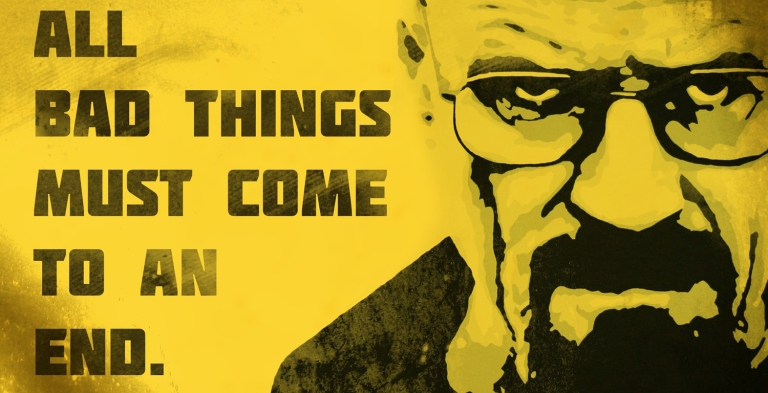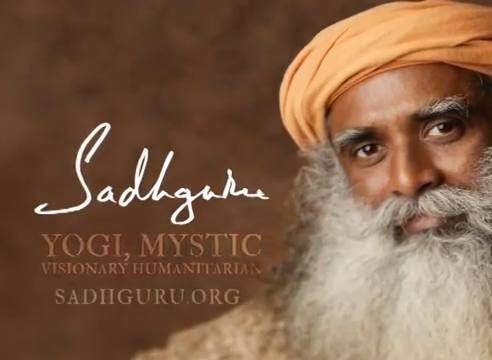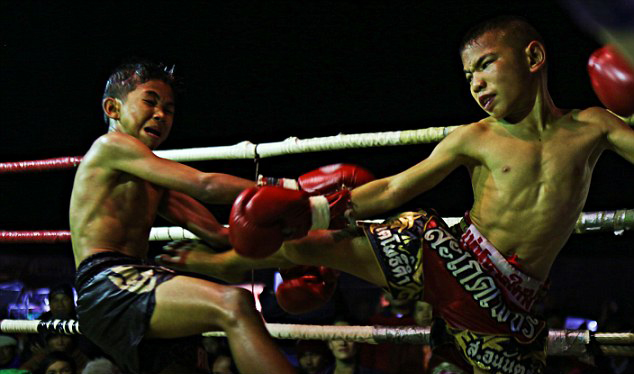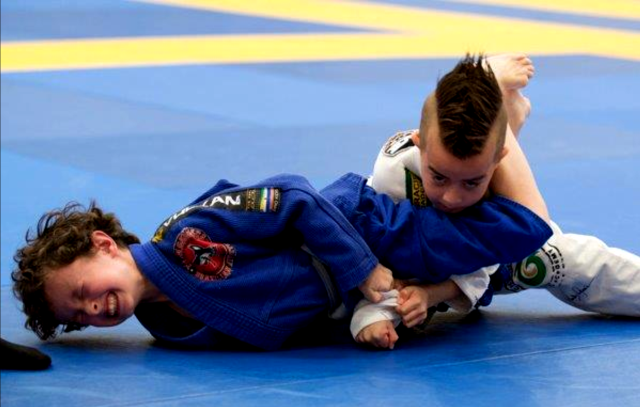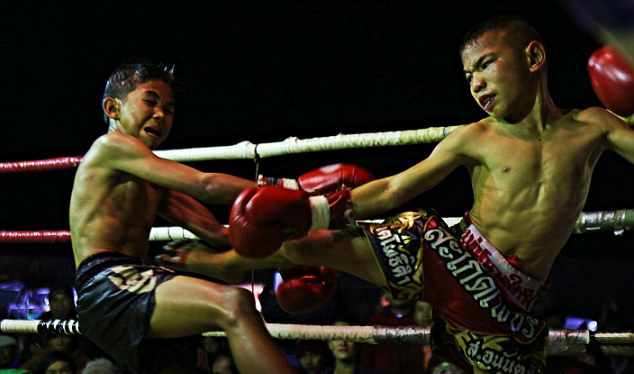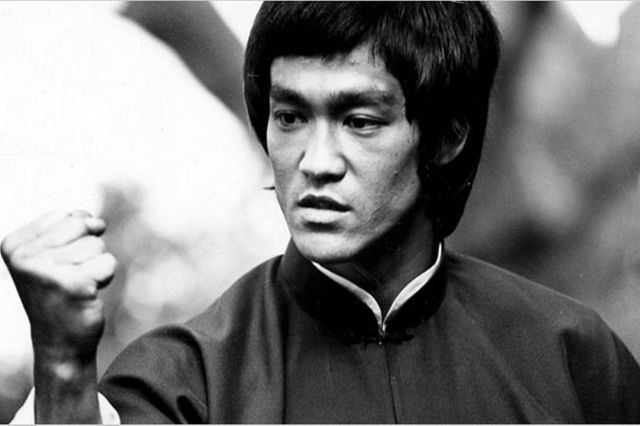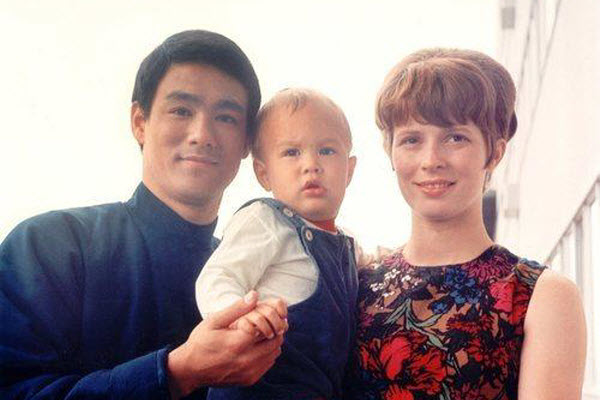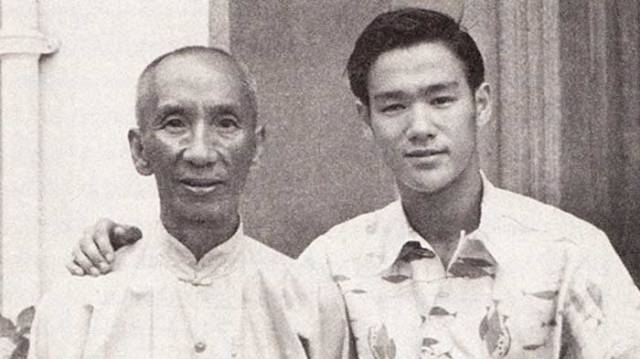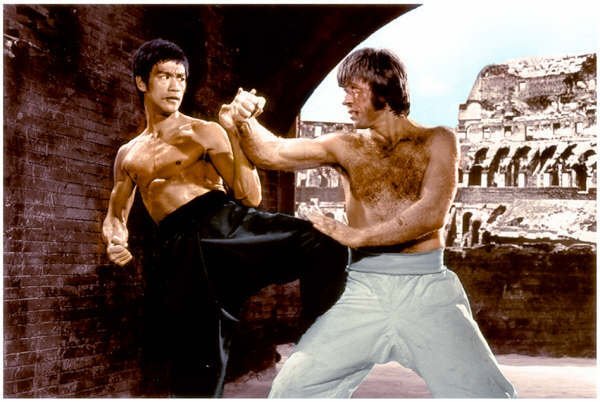When talking about Martial Arts, it comes as no surprise to us that there are a few misconceptions about the art and those who practice it. Due to a lot of hype by mainstream media, those who have never practiced a Martial Art easily make assumptions. To set the record straight, here is a look at some of the major misconceptions about MMA.
No Holds Barred & No Rules? Is MMA the most brutal sport on the planet?
Many casual fans of MMA might perpetuate the idea that they like watching the sport because there are“no rules” or “no holds barred.” No Holds Barred, or NHB fighting is a completely different animal from MMA. MMA has several rules. Primarily there’s no biting, eye-gouging, head-butting or hair pulling in MMA under traditional rule requirements. Most leagues also forbid kicks or knees to the head of a downed opponent.
Mixed Martial Arts has often been compared to boxing and called more dangerous. However, the fact is Boxing has a much longer history and exponentially higher incidences of formal prizefights on record than MMA has in its still young life span. It’s been said that there is not a single recorded death that has occurred due to injuries sustained in a formal sanctioned Mixed Martial Arts Fight. According to the popular “Manswers” TV show, boxing is responsible for an average of nine deaths each year.
Mixed martial arts is a fighting sport, and there is some level of aggression involved and obviously a great deal of adrenaline, but that does not mean the sport is inherently brutal. Fighters do not battle to the death or face men twice their size, and the level of sophistication has evolved 10-fold since the heady early days of the sport when fighters fought in tournament-style showdowns facing multiple opponents per night. Now opponents are of similar weight, a typical pro fighter rarely ever fights more than twice a month at most, and the rules and customs of the sport are designed to protect the fighters from serious and life-changing and/or threatening injury.
Women can´t do Martial Arts.
There are certain individuals who believe that Martial Arts, clubs and academy´s are a boys only club. As a result, these people feel that women are unable to train and develop enough strength to defend against an average sized man or to discourage an assailant.
We know this isn’t true, as we have seen so much recent news coverage, where girls as young as the age of 23 have taken on and successfully defended themselves against attack. These real life stories seem to be happening more today than ever before. Women, who train in Karate and Aikido for example, will always have the element of surprise on their side. These women are trained to defend themselves with a focused counterattack and develop the skill to strike pressure points, bones and even organs of the assailant without hesitation.
All Fighters are Brain Dead Bruiser Types Who Come From Bad Backgrounds and Broken Homes.
Most fighters can take each other apart with unmitigated fury in the confines of a cage or ring and just as easily put all that aggression and intensity behind them as soon as the fight ends. Also, though some guys who fight take on the look of a common street thug in a bad action movie, looking menacing can be a psychological edge. Many Fighters are smarter than you think, and though some might come from troubled childhoods, have criminal records, or went to reform school, you usually find it is organized fighting that kept them out of trouble rather than what got them into it.
Many people are astonished to find out some of the toughest fighters in the sport are the nicest and most intelligent people you could meet when they step outside the field of combat.
Everyone in MMA is on performance-enhancing drugs.
Thanks to organizations developing relationships with professional drug-testing facilities such as the World Anti-Doping Agency, and promotions like ONE Championship placing new weight-cutting procedures into play, the sport of MMA is getting healthier by the day.
Fighters can no longer take performance-enhancing drugs and get away with it. There are also stiff penalties, such as extensive suspensions, in place for those who get caught. For a professional fighter, not being able to fight is a huge blow to their career and livelihoods.
What’s more, athletes like Shinya Aoki, Ben Askren and countless others have showcased skills that allow them to overcome physically larger fighters based on ability alone.
Grappling and ground fighting is boring.
Unfortunately for MMA fans, this is a comment that will likely be heard until the end of time by those who are passionate about boxing or kickboxing. You could almost compare it to American football versus regular football in terms of followers not understanding why you use your hands in one and not the other.
Regardless, MMA is maybe even more about what happens on the canvas thanks to its connections with Brazilian jiu jitsu and wrestling, as it is about standing and out-striking your opponent. Once you see a high-level grappling exchange leading to a spectacular submission, you’ll realize ground fighting can be just as exciting as seeing two fighters trading blows in the center of the cage.
_________________________________________________________________
Reinvent yourself! Take the first step. Sign up https://goo.gl/FWnXfG with us for your Trial Class.
For more information, visit www.fitnessfightclub.com




